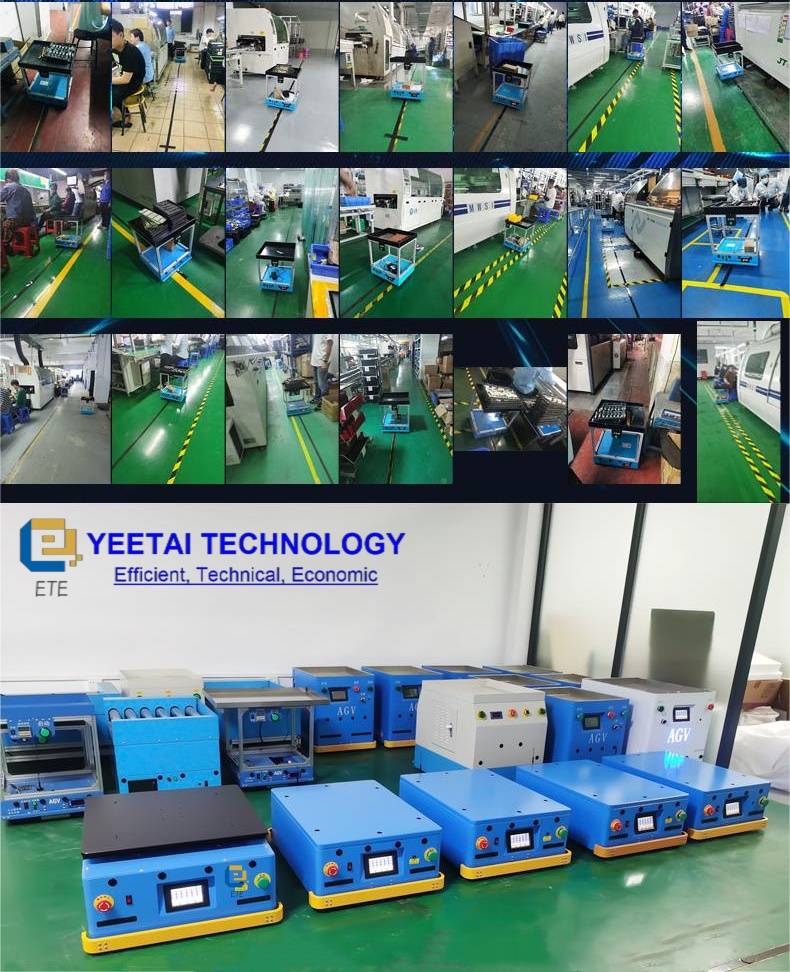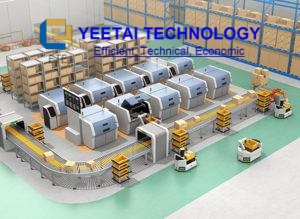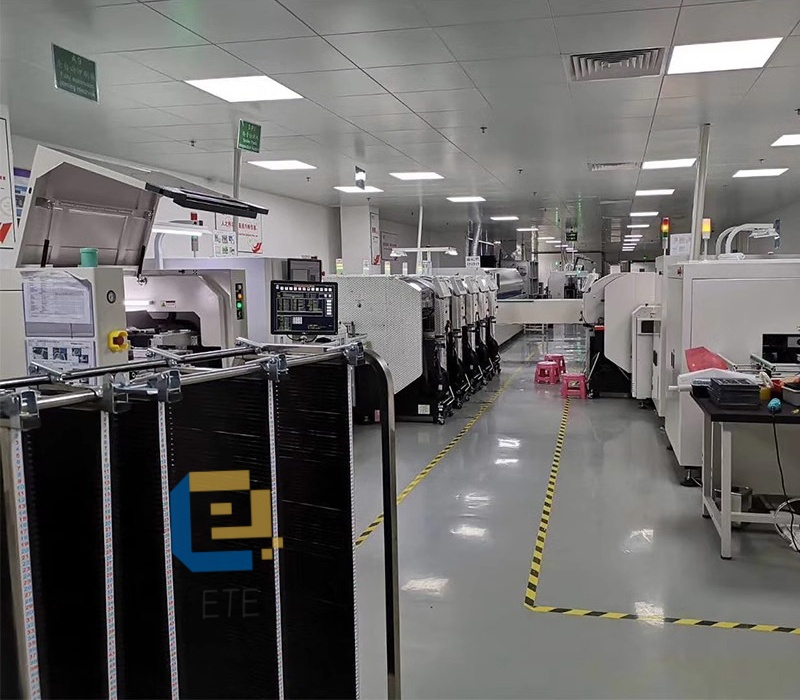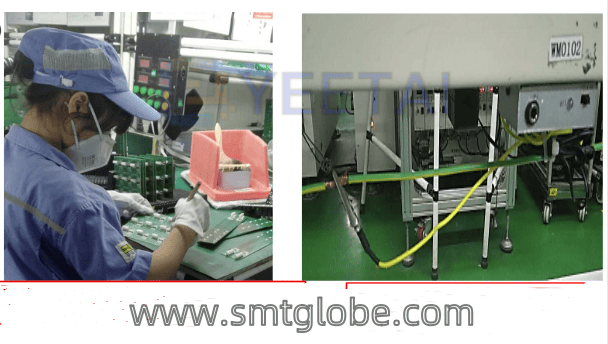In the realm of automated material handling, two prominent technologies are gaining traction: Automated Guided Vehicles (AGVs) and Intelligent Guided Vehicles (IGVs). While both serve the purpose of transporting materials efficiently, they differ significantly in terms of flexibility, navigation, and application. This article explores the distinctions between IGVs and AGVs, particularly in the context of SMT (Surface Mount Technology) factories. Our AGVs are specifically designed to transport wave soldering pallets.
What is AGV?
AGV stands for Automated Guided Vehicle, a type of mobile robot that uses predefined paths to transport materials within a facility. AGVs are typically guided by fixed infrastructure such as magnetic strips, lasers, or QR codes. This reliance on fixed paths allows for predictable operation but can limit flexibility in dynamic manufacturing environments.
Key Features of AGVs:
- High Efficiency: AGVs can operate continuously, utilizing automatic charging systems to maintain 24/7 functionality. This significantly enhances material handling efficiency.
- Management Simplification: With full digital management capabilities, AGVs reduce human error and improve oversight.
- Flexibility and Scalability: Various types of AGVs can be deployed in diverse manufacturing scenarios, from warehousing to assembly lines.
- Reliability: AGVs offer controlled paths and speeds, ensuring precise material handling and reducing the risk of accidents.
- Safety: Equipped with advanced safety features, AGVs can operate in environments unsuitable for human workers, offering collision avoidance and emergency stop functions.
What is IGV?
IGV, or Intelligent Guided Vehicle, is a newer concept that offers enhanced flexibility compared to traditional AGVs. IGVs can navigate without the need for fixed markers, allowing for dynamic routing based on real-time production needs. This adaptability makes IGVs particularly suitable for environments where workflows frequently change.
Key Features of IGVs:
- Increased Flexibility: IGVs can adjust their paths on-the-fly, making them ideal for rapidly changing manufacturing processes.
- Advanced Navigation: Utilizing sophisticated sensors and algorithms, IGVs can navigate complex environments without fixed guides.
- Enhanced Automation: With higher levels of intelligence, IGVs can make real-time decisions, improving overall operational efficiency.
Comparing AGV and IGV
While both AGVs and IGVs play crucial roles in automated material handling, their differences highlight their distinct advantages:
| Feature | AGV | IGV |
| Navigation | Fixed paths (magnetic strips, lasers) | Dynamic, marker-free navigation |
| Flexibility | Limited adaptability | Highly flexible and adaptable |
| Application Environment | Best for stable, predictable workflows | Ideal for dynamic, changing environments |
| Complexity | Simpler systems | More complex systems with advanced AI |
| Cost | Generally lower initial investment | Higher initial investment, but potentially lower operational costs in dynamic settings |
Implications for SMT Factories
In SMT factories, where the transport of wave soldering pallets is critical, the choice between AGVs and IGVs can significantly impact operational efficiency. Our AGVs are designed to handle the specific needs of SMT environments, offering reliable and efficient transportation.
Advantages of Using AGVs in SMT:
- Predictable Operations: AGVs provide consistent performance, which is crucial for maintaining production schedules.
- Cost-Effective: With lower initial setup costs and straightforward implementation, AGVs are an economical choice for many manufacturing operations.
- Proven Technology: AGVs have been widely adopted in various sectors, ensuring a robust and reliable solution for material handling.
Conclusion
Both AGVs and IGVs have their unique advantages and applications within the electronic manufacturing landscape. While IGVs offer flexibility and advanced navigation capabilities, AGVs remain a reliable and efficient choice for SMT factories, particularly for transporting wave soldering pallets. By understanding these differences, manufacturers can make informed decisions that align with their operational needs and goals.
Investing in AGV technology can lead to increased efficiency, reduced costs, and improved safety in SMT operations, making it a sound choice for modern manufacturing environments.

If you need any solutions, we are here to help.
Laser-guided SMT AGV Robot ETE-AGV-910A
SMT AGV Equipment for moving wave soldering pallet | ETE-AGV30-C
SMT Automatic Guided Vehicle ETE-AGV100-T
AGV for PCB moving | ETE-AGV100-L
Wave Soldering Pallet AGV | ETE-AGV60




